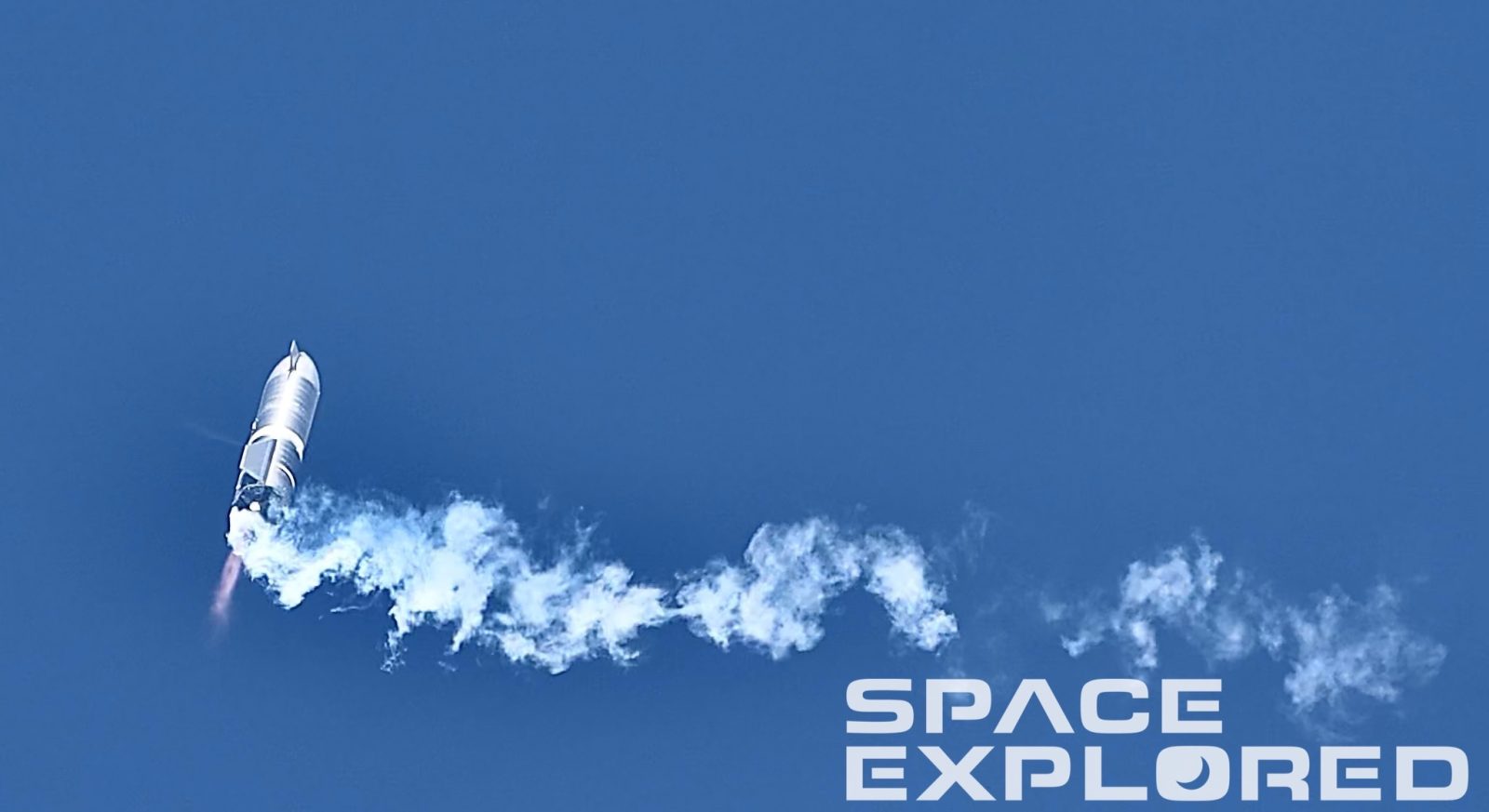
After almost a month and a half of tests, fixes, and red tap SpaceX finally got a chance to fly Starship SN9 to its 10 km test flight. This following their SN8 flight test in the beginning of December which marked the first flight of a fully assembled Starship prototype vehicle. While ending in similar fashions, the cause of the failed landings is different but not concerning.
SpaceX launched their second flight-ready Starship vehicle Tuesday afternoon at approximately 2:25 PM local time from SpaceX’s launch facility in Boca Chica, Texas. Starship SN9 has been in testing for over a month and a half since it was already built and ready for tests before SN8 even flew.
While SN9 had a rocky start, its stand collapsed inside the High Bay before it had the chance to even roll out to the test pad. After repairs to its aerodynamic flaps and most of January spent conducting static fires and fixing Raptor issues. Finally by the end of January SN9 was ready to fly but SpaceX had to continue to work with the FAA to mitigate their safety concerns before they would approve SN9 to fly.
The Flight
Finally, on February 2nd, the FAA gave their approval and SN9 lifted off from Pad B at SpaceX’s launch site and followed a similar flight path as SN8 did almost two months prior. As it gains altitude SpaceX slowly throttled down and cut off its Raptor engines one at a time before it hovered at 10 km on only a single-engine.
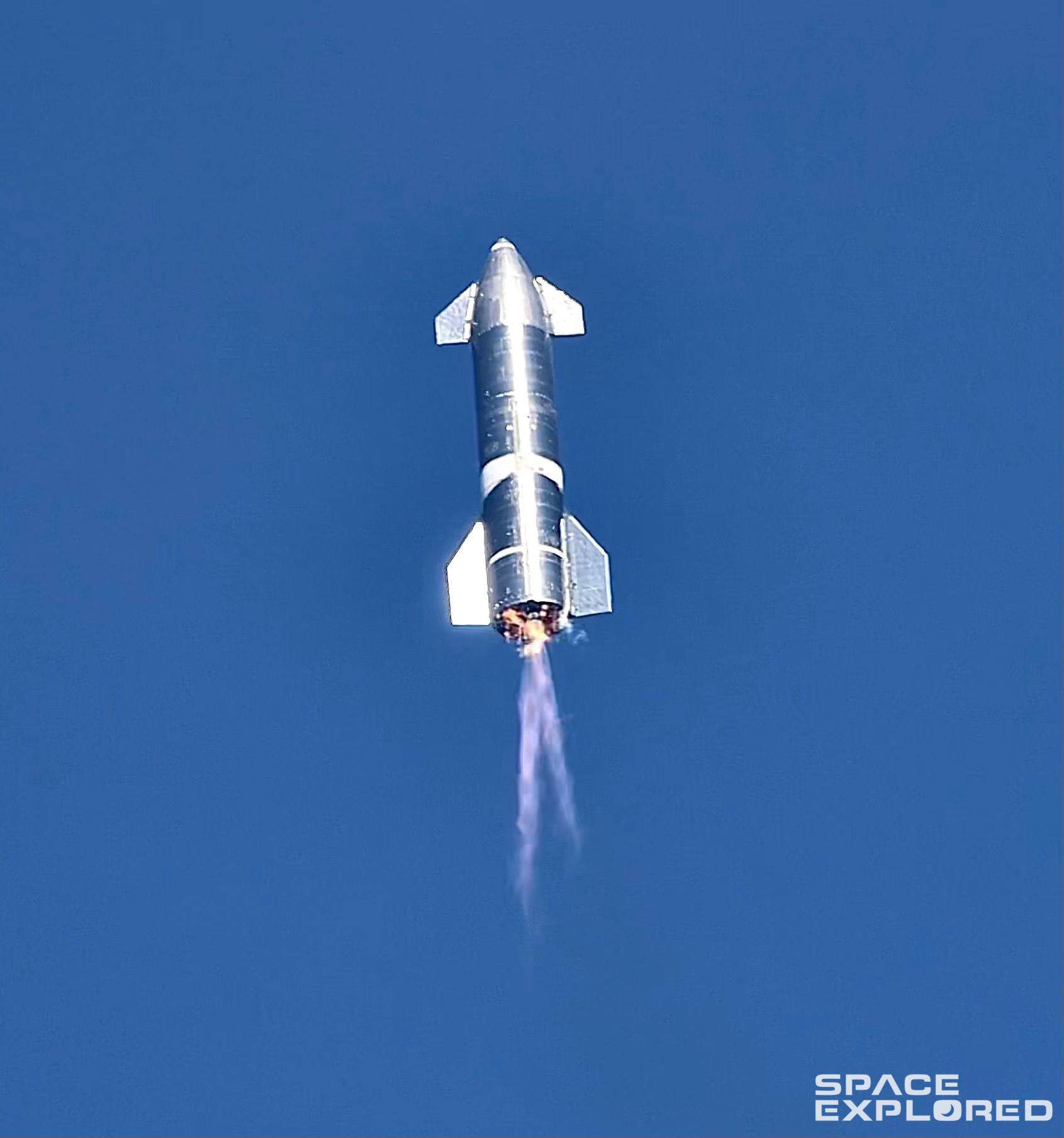
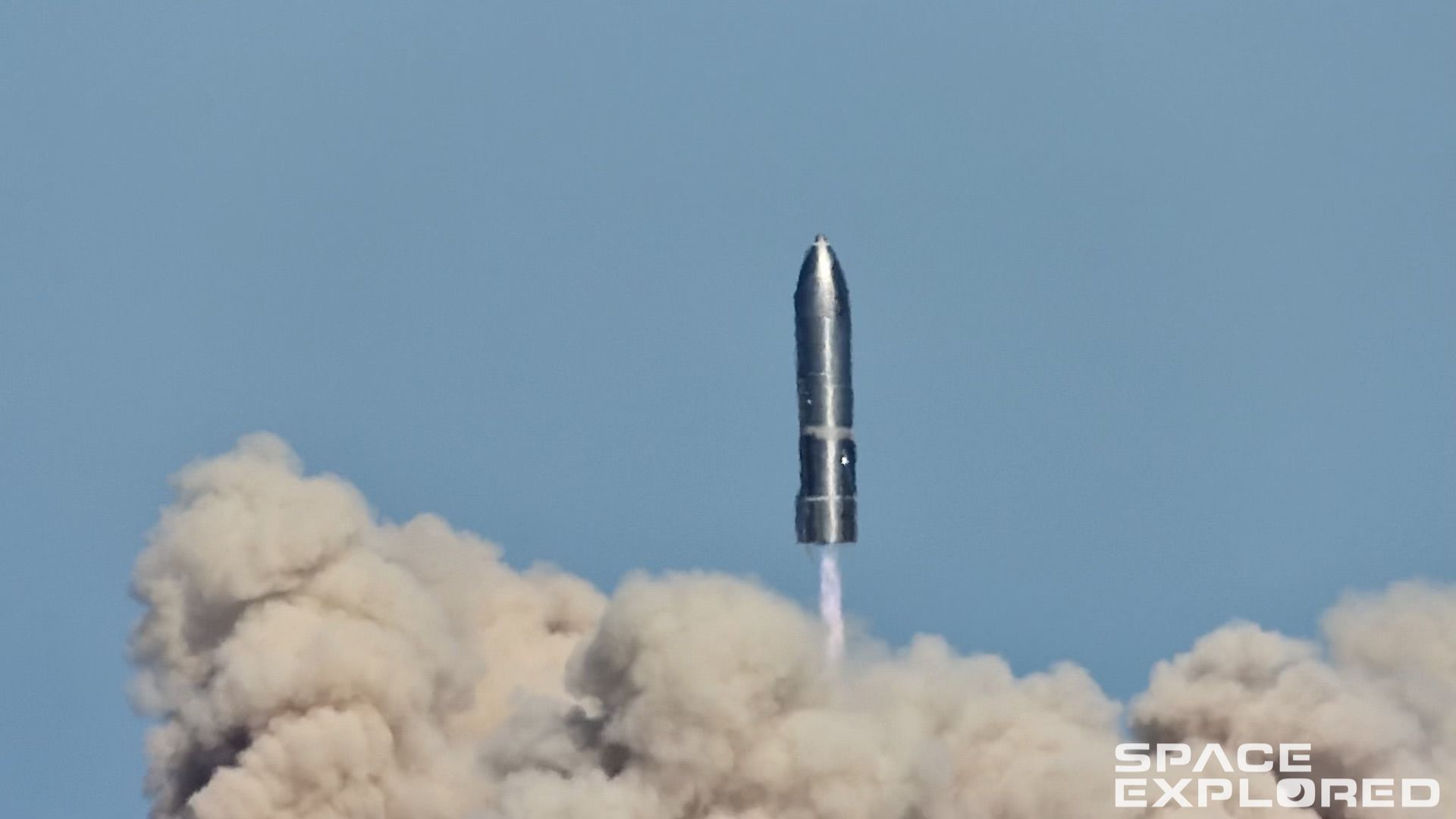
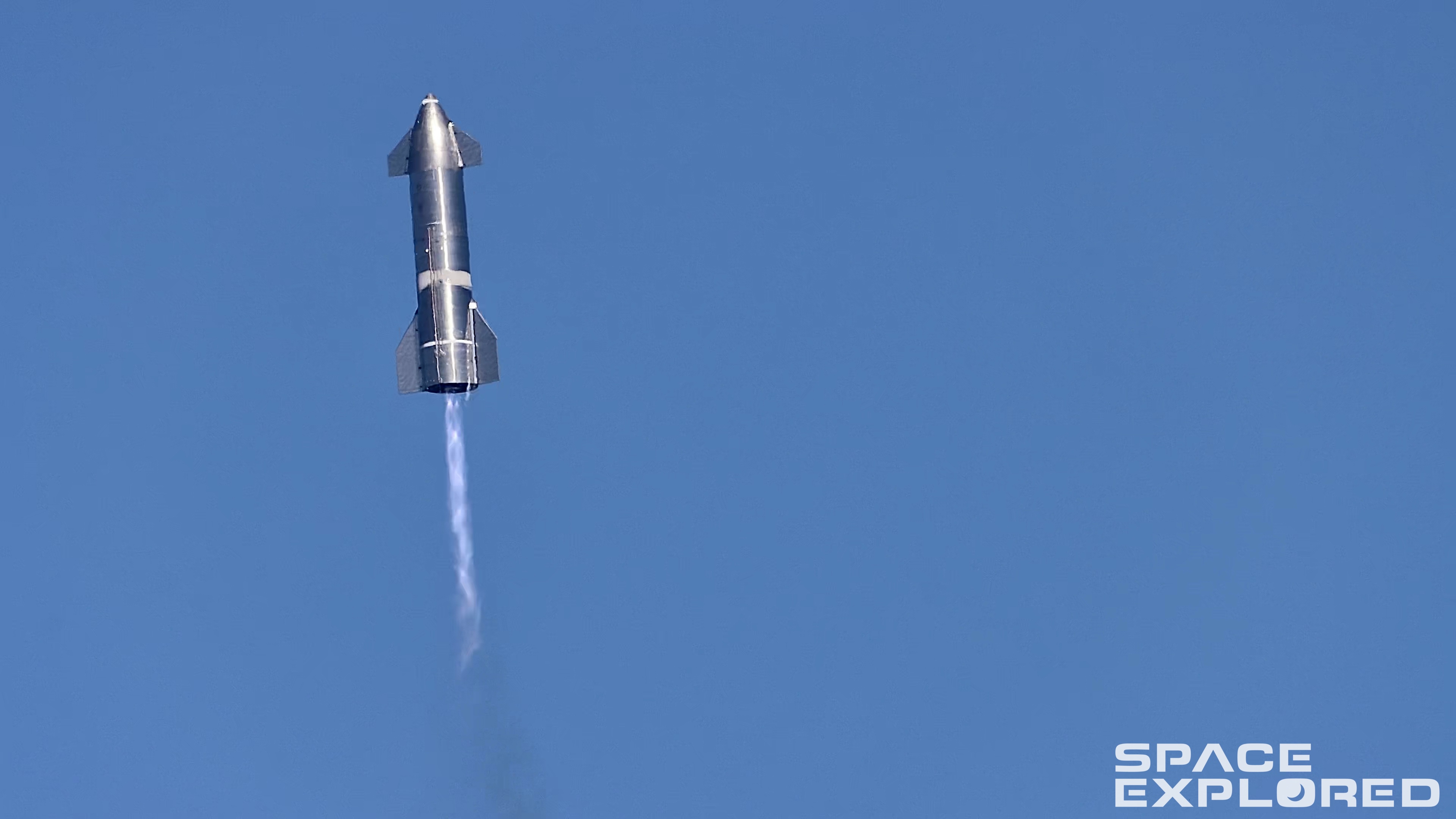
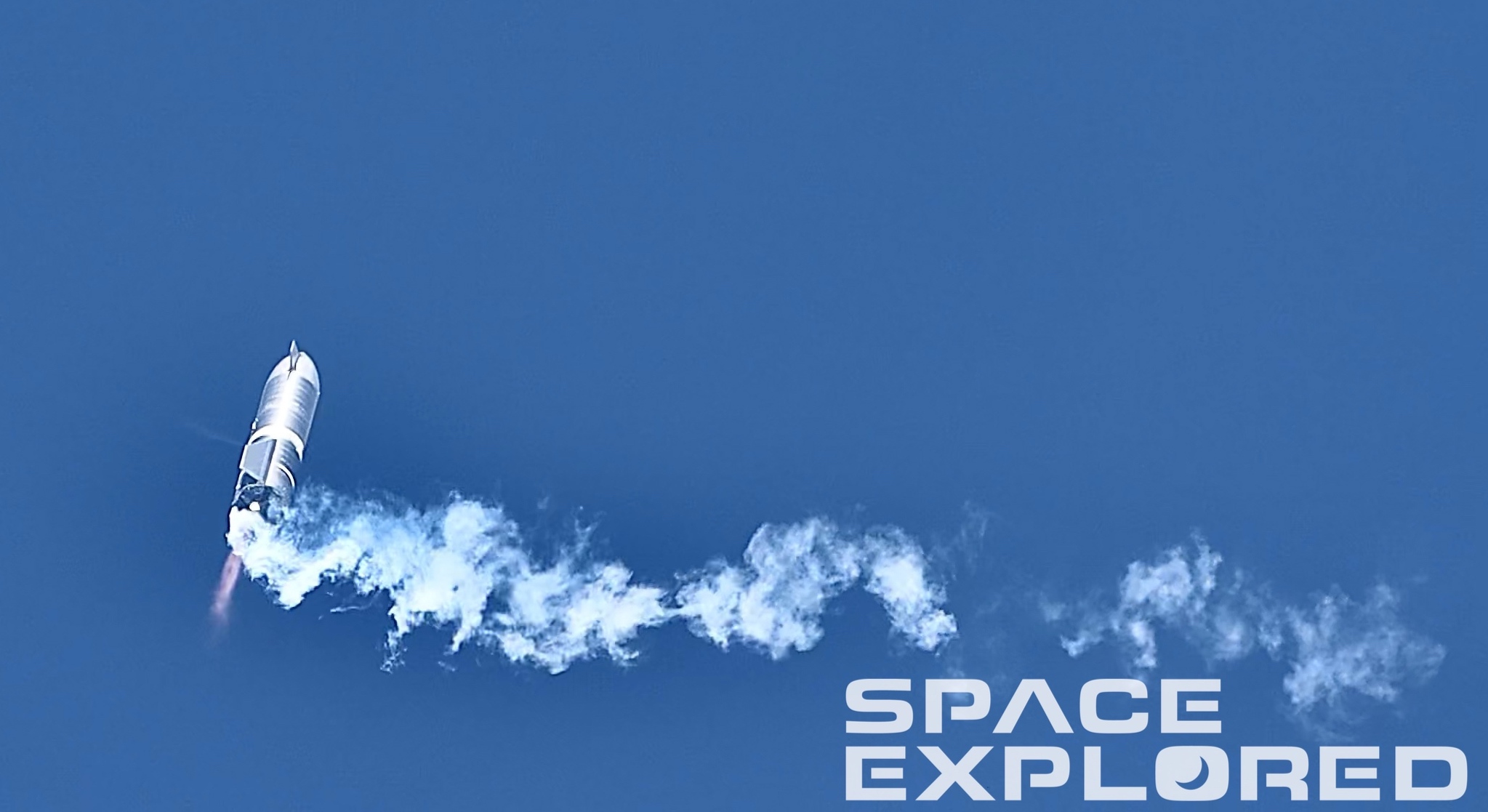
Photos taken by Austin Barnard for Space Explored
The ascent lasted roughly 4 and a half minutes before it shut down its final engine and began what is called the Belly Flop maneuver. This is where SN9 turns belly down and begins its free-fall back to the surface, controlling its fall with flaps attached near the rear of the vehicle and on the nose cone.
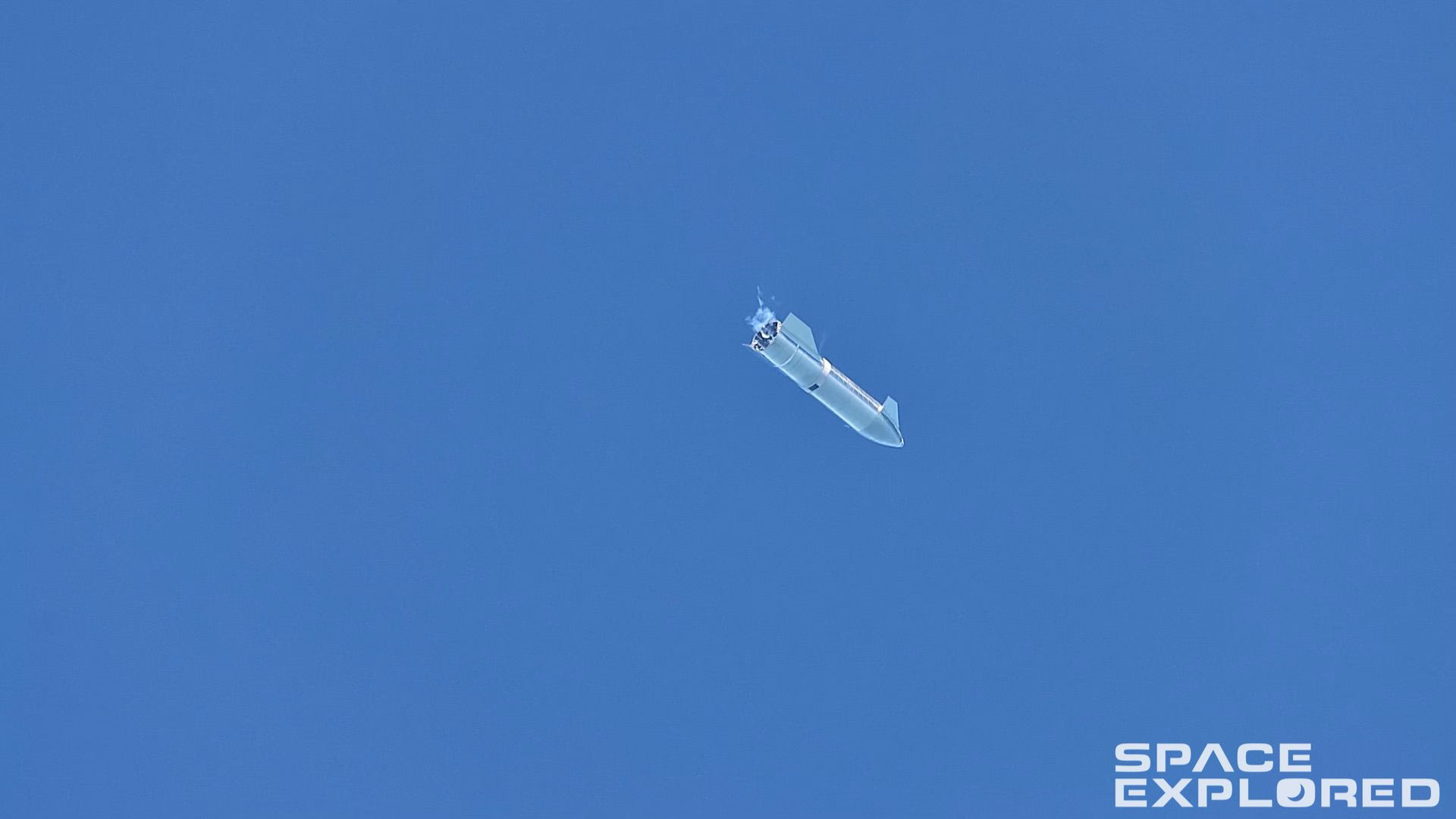
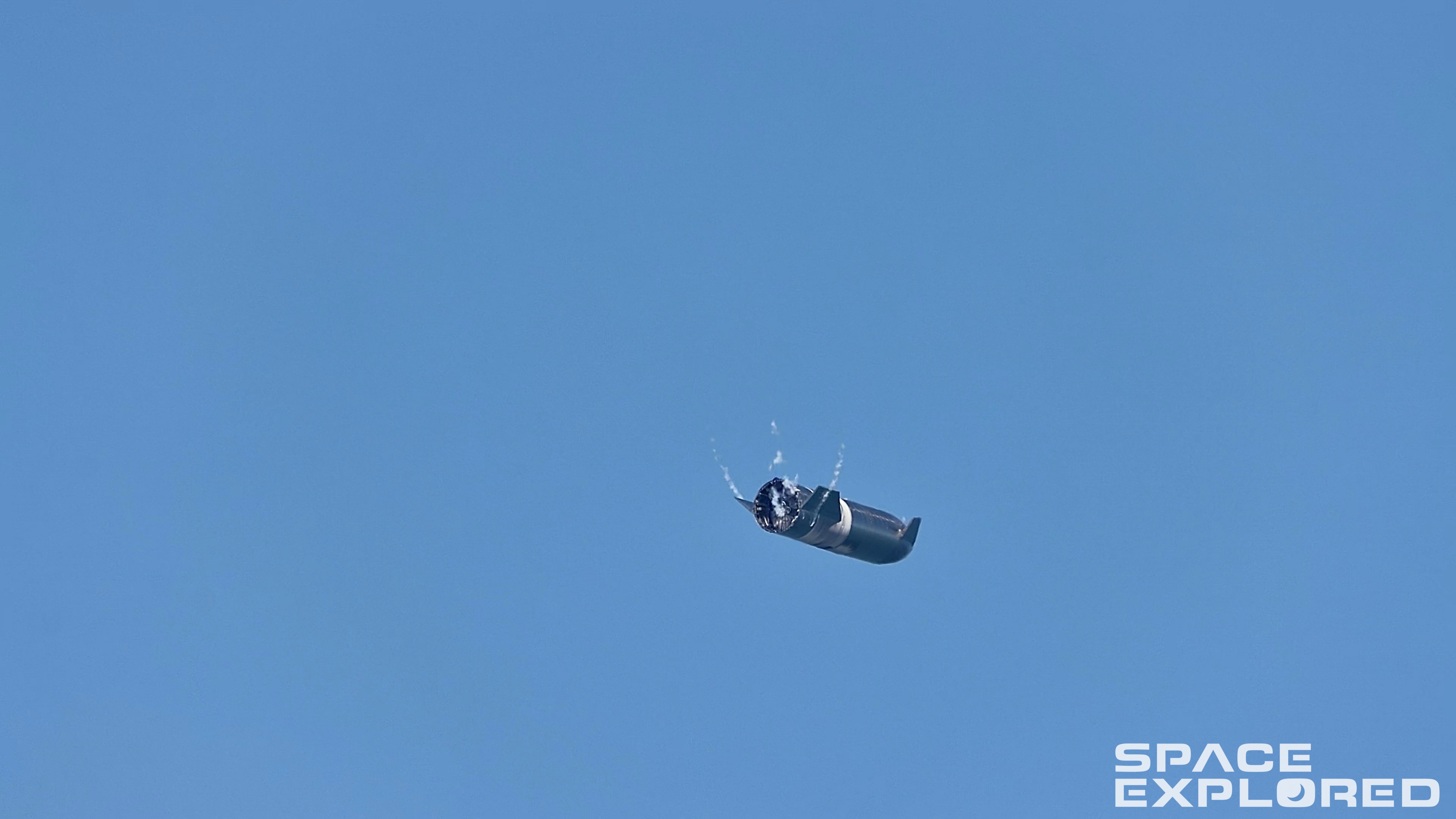
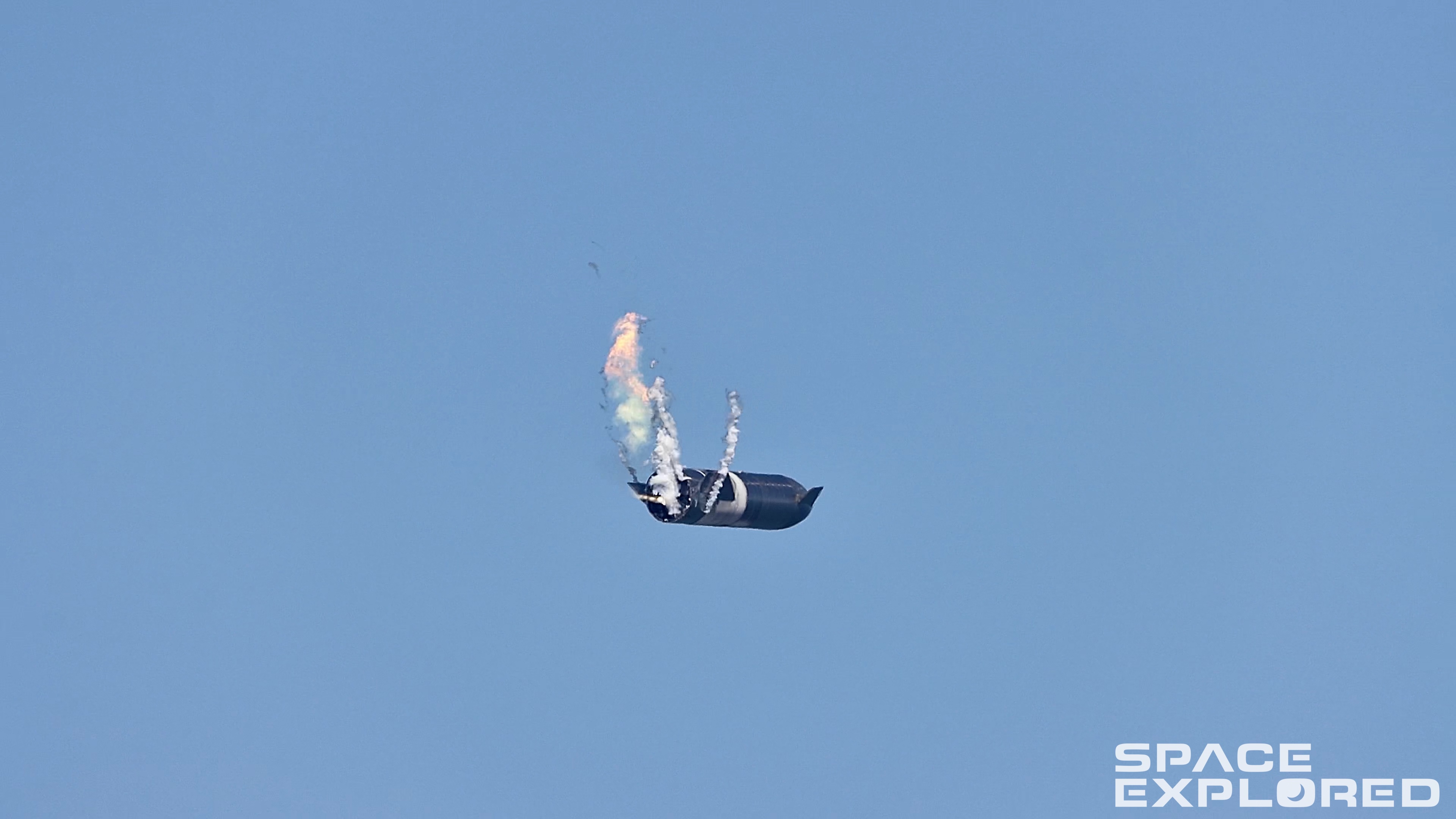
Photos taken by Austin Barnard for Space Explored
While SN8 got extremely close to landing on its first attempt, reigniting two of the raptors to flip upright but failed to stick the landing due to issues with one of the header tanks. SN9’s landing was a little harder, this time it seemed like one of two Raptor engines didn’t relight during the landing burn. This brought SN9 crashing to the ground sideways onto the landing pad, spreading debris around the launch and landing site.
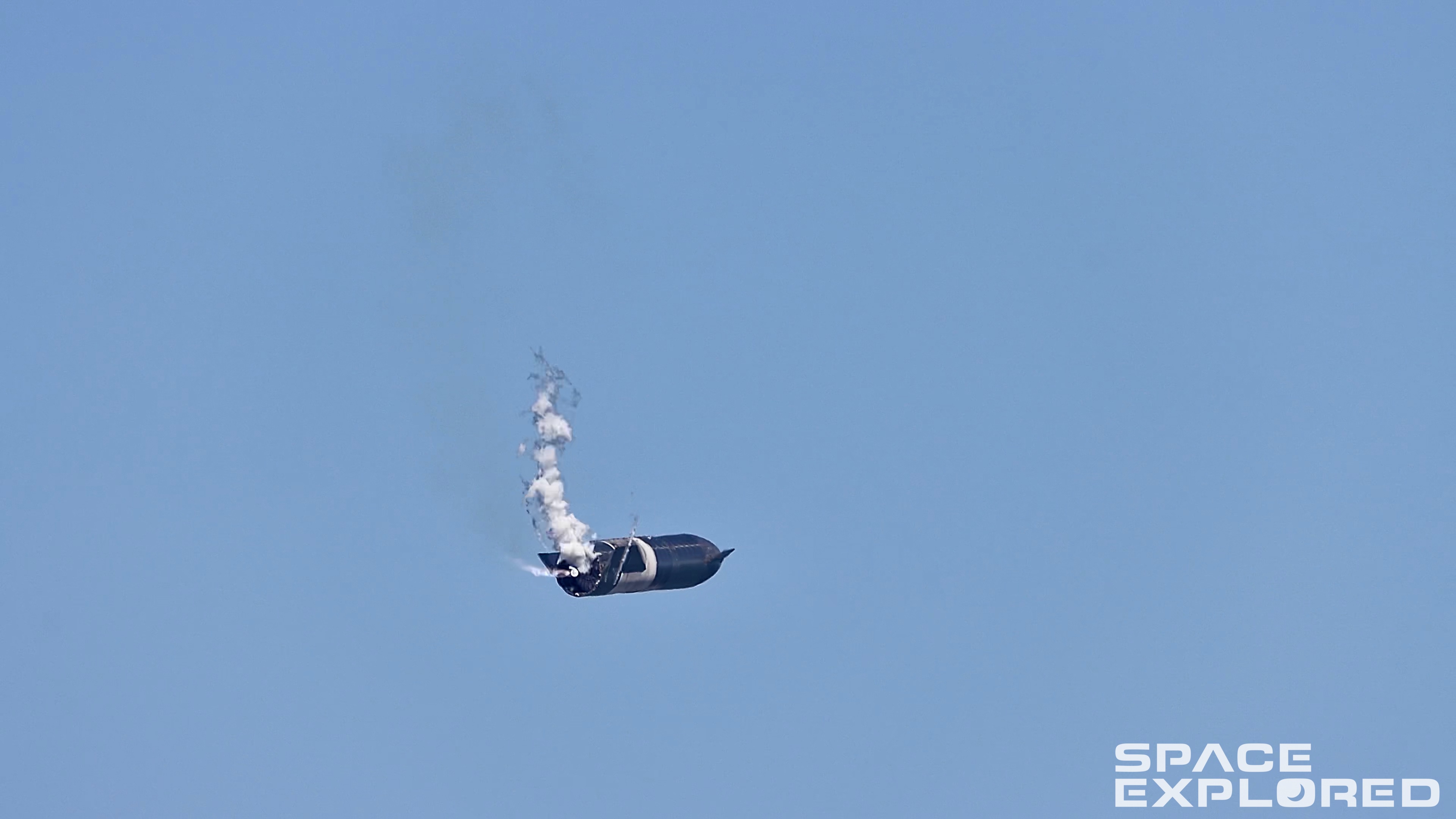
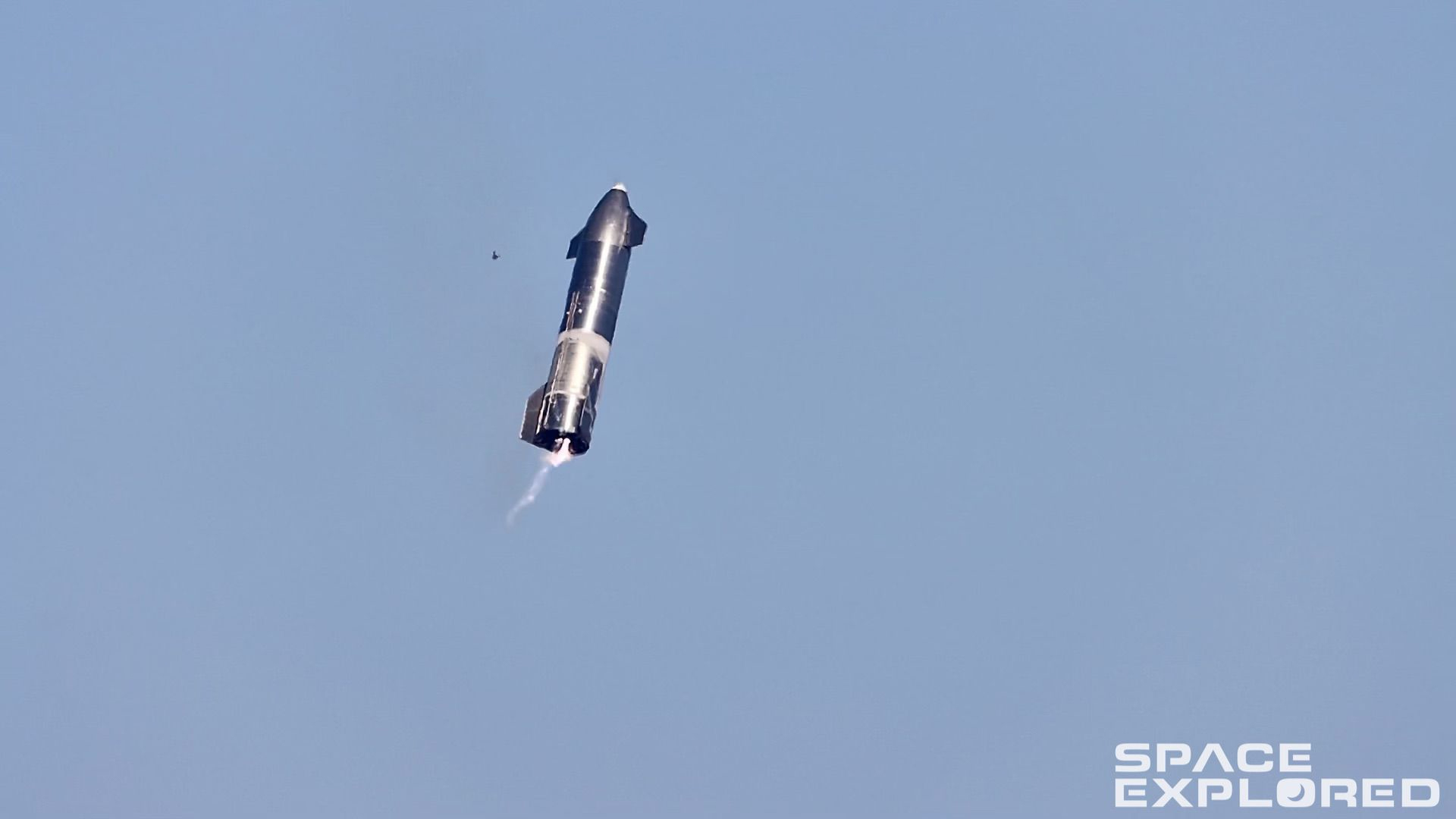
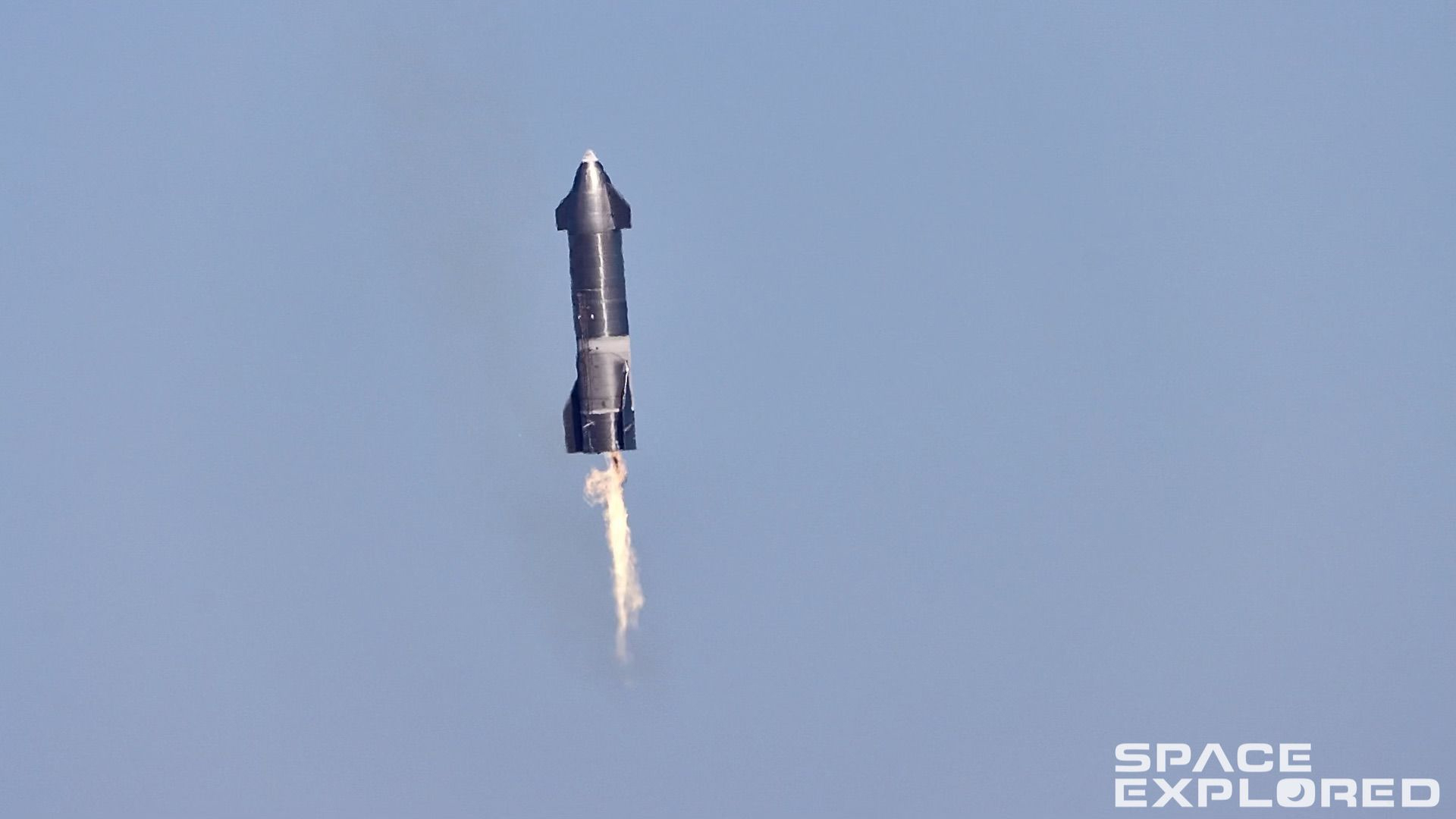
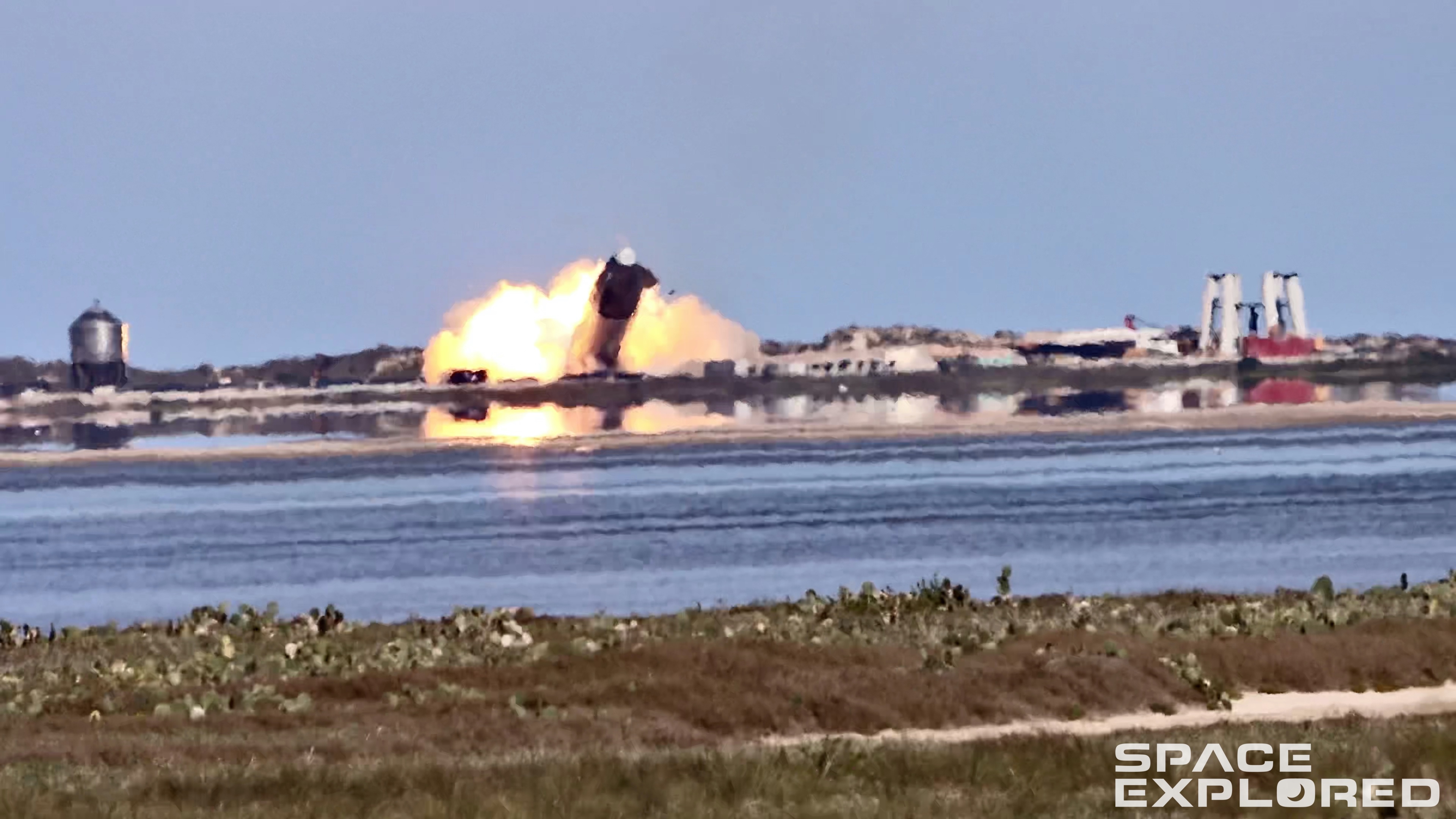
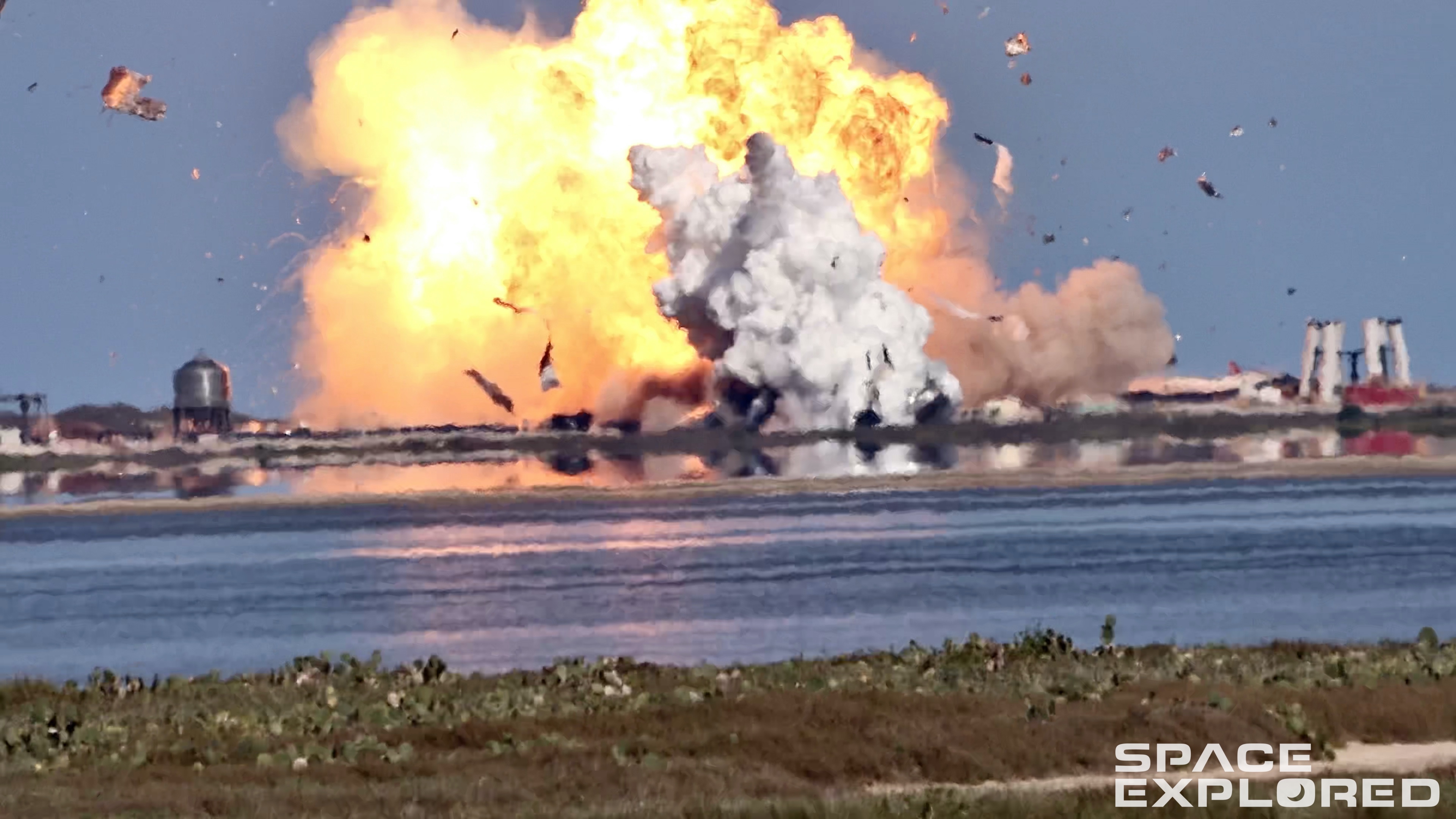
Photos taken by Austin Barnard for Space Explored
What does this mean for the program?
It’s important to remember that Starship is an experimental rocket and is still very early in its development. Seeing test likes this in the public is not normal for the aerospace industry and mishaps are expected, but that doesn’t make this flight a failure. This was a successful test flight to gather more flight data for Starship which will make future flights have even more success.
There is a lot to learn about Starship the vehicle and the Raptor engines that power them and for SpaceX, the cheapest way to do this is through their test campaigns in Boca Chica. SpaceX is pushing to speed up their tests of future variations, already moving SN10 to the launch pad before SN9 had was able to fly.
Now attention will move to SN10 which will need to have 3 Raptor engines installed, most likely a static fire, which we’ve seen turn into multiple ones usually, then seek approval from the FAA for its first flight.
Enjoy reading Space Explored?
Help others find us by following on Apple News and Google News. Be sure to check us out on YouTube, Twitter, Facebook, and Instagram, join our Discord!
FTC: We use income earning auto affiliate links. More.

Comments